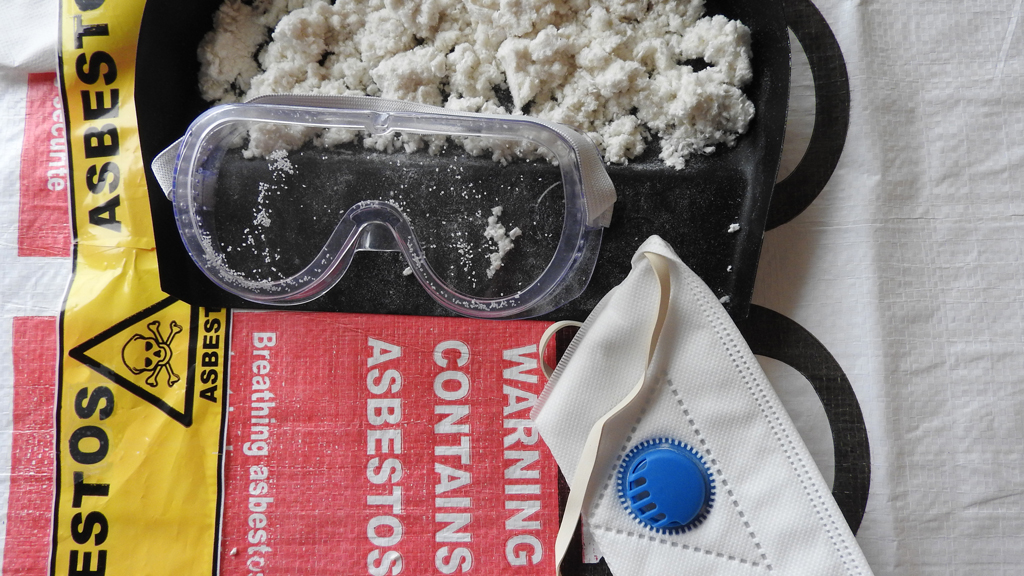Although there is a relatively robust regulatory framework around asbestos in Canada, the country still has a long ways to go, according to a study completed for the Canadian Standards Association (CSA).
The research showed despite a federal asbestos ban being implemented in 2018, there is still a patchwork of legislation in Canada regulating the material in the occupational and non-occupational environment, which has resulted in inconsistencies across the regulatory spectrum.
The study proposes that a national standard be established that would help foster consistency in asbestos management among jurisdictions, harmonize regulations and practices across the country, establish training and minimal competency levels, and support efforts to enforce compliance.
“Preventing exposure to asbestos is a complex issue and a multi-faceted asbestos management standard could provide a framework for a co-ordinated, comprehensive approach by all stakeholders, including government, industry and labour,” Anya Keefe, a Vancouver occupational and public health consultant, and Paul Demers, director of the Occupational Cancer Research Centre in Toronto, two of the study authors, said in a joint response to questions.
“By setting out evidence-informed requirements on asbestos management with which to operate/measure compliance, a national standard could play a role in addressing the inconsistencies that lead to unequal protection of workers and the public, by establishing minimum competency levels.”
Such a standard, they stated, would support regulators’ efforts to enforce compliance and benefit regulators, employers, workers and the public by creating a transparent and uniform playing field across Canada, helping to ensure asbestos exposure is minimized regardless of location.
The study, called Asbestos Management in Canada: Assessing the Need for a National Standard, found there are significant differences across the country in the approaches taken to train asbestos-exposed workers and supervisors. Legislative authority for oversight and different aspects of asbestos management is also divided between governments and there is lack of awareness.
The research noted a national standard presents an opportunity to bring together stakeholders to create a document that is informed by the leading scientific evidence and practices.
An environmental scan completed in support of the research found that the management of asbestos in Canada is currently governed by 37 pieces of occupational health and safety legislation, 18 pieces of environmental legislation, two pieces of public health legislation and 14 other pieces of legislation.
Different ministries also have regulatory oversight of the areas of responsibility. Although some of the legislative instruments fall under federal authority, most fall under provincial or territorial authority. Each jurisdiction — and each ministry — has its own cycle for updating their own regulations and not all jurisdictions have the resources to update their regulations regularly, the scan found.
The situation is also complicated by the legacy of asbestos mining in Canada. There is a legacy of regulations in some parts of Canada that vary significantly — and that treat chrysotile differently — from other parts of the country and the world.
Demers and Keefe stated a national standard on asbestos management would lay the groundwork for addressing these inconsistencies which have led to uneven protection for Canadians.
“The regulations in some jurisdictions are out of date or haven’t been updated since the federal ban on asbestos came into effect. For that reason, we believe that the report is timely and that the creation of a national standard would present a good opportunity to begin aligning the asbestos regulations across Canada.”
The division of legislative authority and responsibility creates both gaps and inconsistencies in how asbestos is managed, the researchers stated. One of the gaps identified in the report is the lack of a standardized approach to handling and disposing of asbestos waste.
For example, in British Columbia and Nova Scotia, environmental regulations define waste asbestos as containing one per cent of asbestos-containing material, by weight, but in those same jurisdictions applicable occupational health and safety regulations define it as containing 0.5 per cent.
There are also significant differences across the country in the approaches taken to train asbestos-exposed workers and supervisors and determine competency of people engaged in certain critical activities along the asbestos management spectrum.
“What this means is that in these jurisdictions, these materials are likely not treated as asbestos waste at the landfill and landfill workers are consequently not afforded the same level of protection as the workers who removed the asbestos,” the authors stated.
Other gaps include differences in the allowable exposure thresholds across the country, with some differing by an order of magnitude.
“The end result of these gaps and inconsistencies is that Canadian workers are unequally protected,” the authors said.
CAREX Canada estimates approximately 152,000 Canadians are exposed to asbestos in their workplaces each year.
Canada was once the world’s largest producer of asbestos and remained a major exporter of chrysotile asbestos until 2012.
Exposure to asbestos fibres can cause inflammation, scarring and genetic damage on a cellular level. It is a potent carcinogen that causes mesothelioma, cancer and asbestosis, a chronic, fibrotic lung disease.











Recent Comments